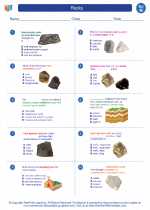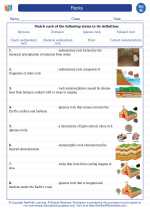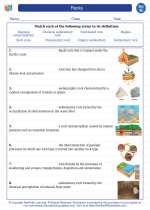Wool
Wool is a natural fiber obtained from the fleece of sheep and certain other animals, including goats, muskoxen, and rabbits. It is a versatile material that has been used for centuries to make clothing, blankets, carpets, and other textiles.
Structure of Wool
Wool fibers are composed mainly of the protein keratin, which has a unique structure that gives wool its distinctive properties. The outer layer of the wool fiber, called the cuticle, consists of scales that overlap and provide the fiber with a natural resistance to water and abrasion.
Properties of Wool
- Insulation: Wool has excellent insulating properties, making it ideal for keeping the body warm in cold weather.
- Moisture-wicking: Wool can absorb moisture vapor and wick it away from the body, helping to regulate body temperature and keep the wearer dry.
- Elasticity: Wool fibers are naturally elastic and can stretch without losing their shape, making wool garments comfortable to wear.
- Flame resistance: Wool is resistant to flames and does not easily ignite, providing a natural fire barrier.
- Durability: Wool fibers are strong and resilient, making wool products long-lasting.
Uses of Wool
Wool is used to make a wide range of products, including:
- Clothing, such as sweaters, socks, and coats
- Blankets and bedding
- Rugs and carpets
- Insulation for buildings
- Industrial fabrics
Environmental Impact
Wool is a sustainable and biodegradable material, and it has a relatively low environmental impact compared to synthetic fibers. Sheep farming can also have positive effects on the environment, such as promoting biodiversity and preventing soil erosion.
Study Guide
Here are some key points to remember about wool:
- What is the main protein found in wool fibers?
- Describe the structure of the outer layer of wool fibers.
- List at least three properties of wool that make it a desirable material for clothing.
- Give examples of products made from wool.
- Explain the environmental benefits of using wool as a textile material.
Remember to review the structure, properties, uses, and environmental impact of wool to gain a comprehensive understanding of this natural fiber.
.◂Science Worksheets and Study Guides Eighth Grade. Rocks

 Worksheet/Answer key
Worksheet/Answer key
 Worksheet/Answer key
Worksheet/Answer key
 Vocabulary/Answer key
Vocabulary/Answer key
 Vocabulary/Answer key
Vocabulary/Answer key
 Vocabulary/Answer key
Vocabulary/Answer key
